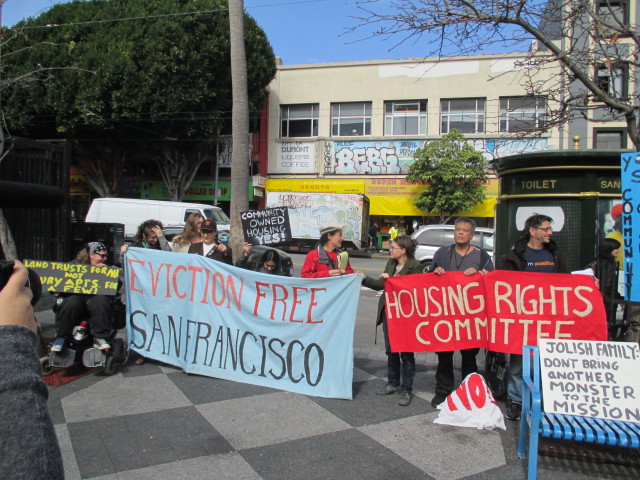Editor’s note: The Association of Bay Area Governments and the Metropolitan Transportation Commission will meet Thursday/21 to consider approving Plan Bay Area 2050, which seeks to address housing needs in the region.
Despite its lofty goals, Plan Bay Area 2050 as now constituted will in fact result in the disappearance of the Bay Area’s lower-income/working class/minority BIPOC central-city communities and the market-driven displacement of hundreds of thousands of their long-time residents. Many will be forced out of the Bay Area entirely.
Housing is a human right. Affordable housing for all the people of the Bay Area is their human right. That was the commitment of the National Housing Act of 1937 that still remains unfulfilled today, 84 years later. That must be the commitment of PBA 2050. This is social housing, housing that all low/moderate/middle income households can afford. But it can only be accomplished with the full commitment of the local, state, and federal funding that it will take.

Without that, PBA2050 is nothing but an empty shell full of empty promises.
And the once-unimaginable economic/social disaster of homelessness that is overwhelming many of our communities—and leaving tens of thousands of our residents destitute and desperate each day—must be ended conclusively within the next 10 years.
There are multiple approaches to delivery of social housing. But for-profit private-sector development is not one of them. Market economics can no longer magically meet the needs of all Americans for affordable homes via some imaginary “trickle down” economics that no longer exist in the 21st Century. Yet that is the fatally flawed premised of this PBA2050.
Thus, Plan Bay Area 2050 is a “plan” that in fact is designed to fail.
To actually provide a blueprint for Social Equity, Social Justice, Smart Growth, and Environmental Sustainability for the future of our Bay Area, PBA2050 must:
- Include now a real, fully detailed plan to fund the tens of thousands of housing units and temporary facilities needed to end homelessness in the Bay Area within 10 years.
- Mandate 100 percent Jobs/Affordable Housing Balance for all large-scale future commercial development in all Bay Area counties. San Francisco’s 2020 Proposition E was the first step towards this goal in the region. It must be mandated throughout the Bay Area, starting with the upcoming Oakland Downtown Plan, and expanded to include the now-booming development of biomed facilities region-wide too.
- Exempt all identified central cities “Communities of Concern” from the designated Priority Development Areas and any state mandated up-zonings unless and until really affordable housing for ALL their lower-income and working class residents is already assured and in place. PBA2050’s mere promises of un-guaranteed and un-required affordable housing for Communities of Concern without clear land-use policies that de-commodify land and housing—and instead include adequate and committed funding for the affordable housing—are clearly not realistic.
- Transform the hundreds of wasted square miles of surface parking lots for office parks and shopping malls throughout the region into medium-density new residential districts to meet the Bay Area’s market housing needs—without disrupting the neighborhood life of existing communities.
- Mandate a minimum of 10 percent inclusionary housing now for middle-income households everywhere in the Bay Area, gradually increasing to 24 percent, matching San Francisco’s approved 2028 legislative commitment, by 2050.
- Mandate that no less than 50 percent of new housing developed on publicly owned property will be affordable for lower and middle-income households or teacher housing.
Please also be reminded for the record that the proposed Final Environmental Impact Report for PBA2050 is itself legally insufficient to meet the requirements of CEQA. It fails to evaluate Project Alternatives that may well be environmentally superior and would certainly be socially and ethically superior. In particular, the “Equity, Environment, and Jobs Alternative” of the PBA2040 – which was NOT adopted as the approved PBA2040 Plan – is completely omitted and discarded from any consideration at all as an Alternative in the PBA 2050 FEIR.



